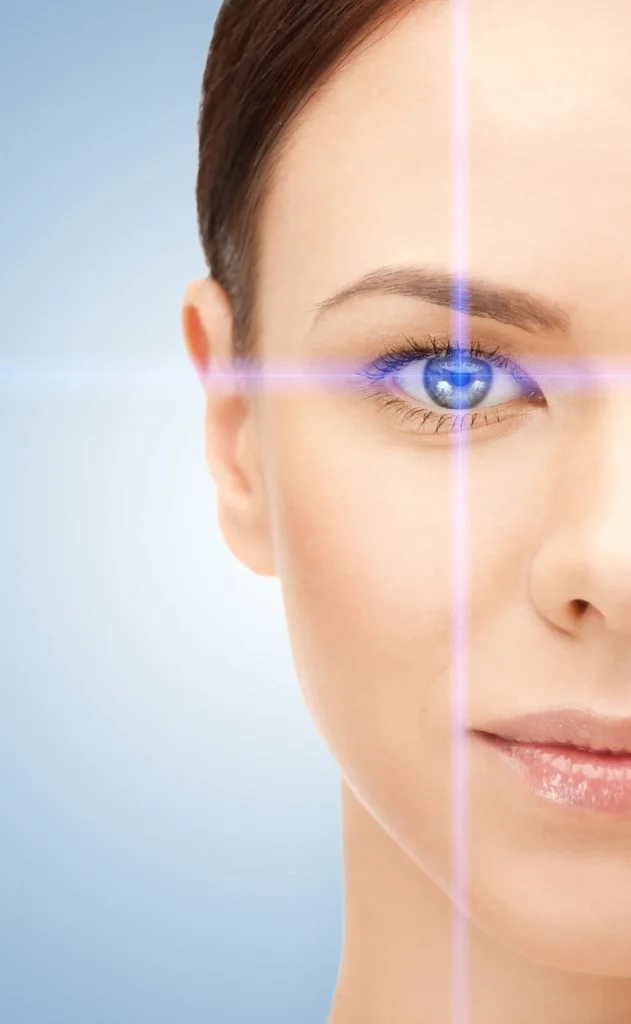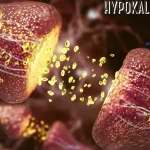Pink eye or stye infections are two common eye issues that can be annoying and uncomfortable. Although they might look alike, they are caused by different things and need various treatments.
In this guide, we’ll explore how pink eye and stye differ and share some tips for treating them effectively. Let’s dive in and keep those eyes healthy!
What is Pink Eye?
Pink eye is the inflammation of the conjunctiva, the clear membrane that lines the eyelid and covers the white part of the eye. It causes redness, irritation, and discharge.
A common myth is: Can you get pink eye from a fart? The answer is no-pink eye is caused by viral, bacterial, or allergic reactions, not from flatulence.
Types of Pink Eye
Eye health starts with understanding the different types of pink eye:
Viral Conjunctivitis
A virus, such as the common cold causes the most common type of pink eye. This type is highly contagious and can spread through contact with infected eye secretions or respiratory droplets.
Bacterial Conjunctivitis
Bacteria cause bacterial conjunctivitis, and it can be more severe than viral conjunctivitis. It’s also highly contagious and can spread rapidly, especially in settings where personal hygiene is not maintained.
Allergic Conjunctivitis
Allergies to pollen, dust, pet dander, or other irritants can cause allergic conjunctivitis. Unlike viral or bacterial conjunctivitis, this type of pink eye is not contagious.
Symptoms of Pink Eye
Pink eye symptoms can vary depending on the cause, but common ones include:
Redness
The whites of the eyes may appear pink or red. This gives it the name “pink eye.”
Irritation and Itching
Pink eye or stye can cause discomfort and itching in and around the eye.
Discharge
Viral conjunctivitis usually has a clear discharge, while bacterial conjunctivitis may have a thicker, yellowish-green discharge. Allergic conjunctivitis may have more watery discharge.
Swelling
Inflammation of the conjunctiva can cause swelling of the eyelids.
Treatment for Pink Eye
Treatment for pink eye depends on its cause. Here are some general tips:
Viral Conjunctivitis
Unfortunately, viral conjunctivitis cannot be cured with medication. It usually clears up on its own within a week or two. But here are some things you can try to relieve symptoms:
- Apply a cold compress
- Use artificial tears
- Avoid touching or rubbing
- Patience
Bacterial Conjunctivitis
Bacterial conjunctivitis can be treated with antibiotic eye drops or ointments prescribed by a doctor.
Allergic Conjunctivitis
Avoiding allergens is the best way to treat allergic conjunctivitis. You can also try antihistamine eye drops or oral medication, but it’s best to consult a doctor before using any over-the-counter products.
What is a Stye?
A stye is a small, painful lump on the eyelid caused by an infection in the oil glands. It can appear as a red, swollen bump similar to a pimple and may cause discomfort when blinking or rubbing the eye.
Causes of Styes
Styes are usually caused by staphylococcal bacteria. They can also develop from poor hygiene, not removing makeup properly, or touching your eyes with dirty hands.
Symptoms of Styes
The most common symptoms of a stye include:
Small Bump
A stye typically develops at the base of an eyelash and often appears as a red, swollen bump. It may have a pus-filled center, which can be uncomfortable and cause irritation. These small infections are usually caused by bacteria and can occur in one or both eyes.
Pain and Discomfort
Styes can be quite painful and often lead to discomfort, especially when blinking or rubbing the affected eye. This irritation can make everyday activities, such as reading or using a computer, more challenging. It’s important to take care of the eye and seek remedies to alleviate the discomfort.
Swelling
Similar to pink eye, a stye can lead to noticeable swelling of the eyelid, which may cause discomfort and irritation for the affected individual..
Treatment for Styes
Most styes will clear up on their own within a week or two. Here are some tips to help alleviate symptoms and speed up the healing process:
Warm Compress
Applying a warm compress can help relieve discomfort and promote drainage of the stye. Soak a clean washcloth in warm water, wring out excess moisture, and hold it gently against the affected eye for 5-10 minutes.
Avoid Touching or Squeezing
Avoid touching or squeezing the stye as this may cause further irritation or spread bacteria to other areas of the eye.
Keep Eyelid Clean
If your stye doesn’t improve or gets worse, it’s essential to keep the eyelid clean and avoid further infection. Use a mild, non-irritating cleanser and gently wash the affected area.
Over-the-Counter Pain Relievers
If the stye is causing discomfort, you can take over-the-counter pain relievers like ibuprofen or acetaminophen to help alleviate the pain.
Antibiotic Ointment
In some cases, a doctor may prescribe an antibiotic ointment or eye drops to help treat the stye.
When to See a Doctor
Most cases of pink eye and styes can be treated at home. However, it’s essential to see a doctor if:
- Symptoms do not improve within a week
- Severe pain or vision changes
- Pus coming from your eye
- Fever with other flu-like symptoms
Seeing an eye doctor will ensure proper diagnosis and treatment for your specific condition.
Preventing Pink Eye or Stye
To prevent pink eye or stye, follow these simple tips:
- Wash your hands frequently
- Avoid sharing personal items
- Change pillowcases regularly
- Good contact lens hygiene
- Avoid touching your eyes with dirty hands
- Keep your eyes and face clean
Remember, prevention is always better than cure!
Prioritize Your Eye Health with this Guide
Pink eye and styes may be common, but they can cause discomfort and irritation. Knowing the difference between them and following proper treatment methods can help alleviate symptoms and speed up recovery. Remember to practice good hygiene habits, seek medical advice when necessary, and take care of those precious eyes! So keep these tips in mind and say goodbye to pink eye or stye once and for all. Here’s to healthy eyes!
Is this article helpful? Keep reading our blog for more.







